What Harry Potter Characters Were Supposed To Look Like, According To The Books
When it comes to the “Harry Potter” films, one of the most talked-about topics has always been how the characters looked compared to J.K. Rowling’s original descriptions. Most of the time, the casting felt spot-on, but changes were also made for practical reasons or just creative ones. Here are 15 of the most interesting differences between the books and the movies.
Harry Potter
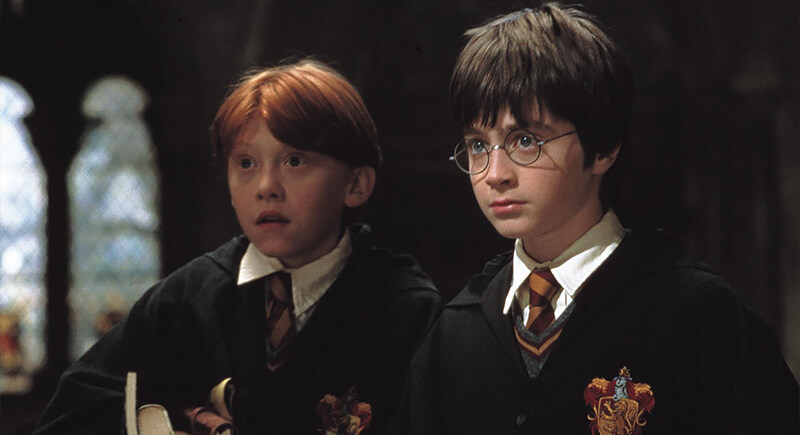
Credit: IMDb
In the books, The Boy Who Lived, Harry is described as having messy black hair, round glasses, and vivid green eyes, just like his mother. The movies got most of it right, but Daniel Radcliffe has blue eyes and couldn’t wear green contacts due to an allergy. Rather than risk his comfort, the filmmakers decided to keep his natural eye color, even though the green is mentioned repeatedly in the books.
Albus Dumbledore
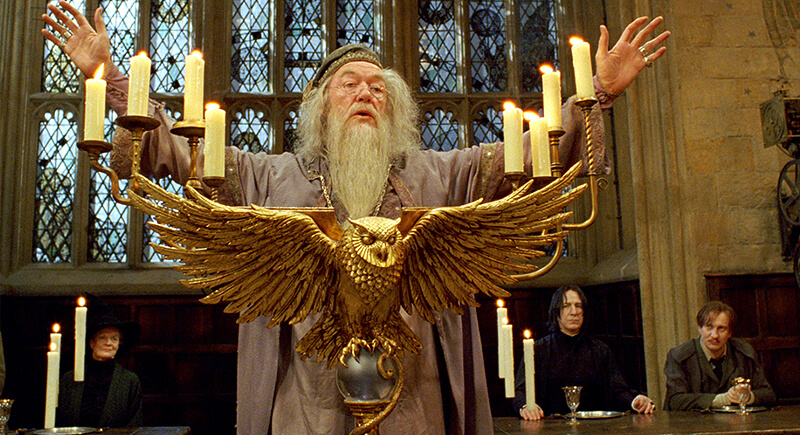
Credit: IMDb
Albus Dumbledore looked much as Rowling described him: a tall wizard with a long silver beard, half-moon glasses, and bright, twinkling eyes. Richard Harris and Michael Gambon both carried that image to the screen. What often felt different was his temperament. On the page, Dumbledore handled even tense moments with quiet composure. In the Goblet of Fire film, though, he charges at Harry after the Triwizard selection, a sharp break from the soft-spoken inquiry readers knew.
Hermione Granger
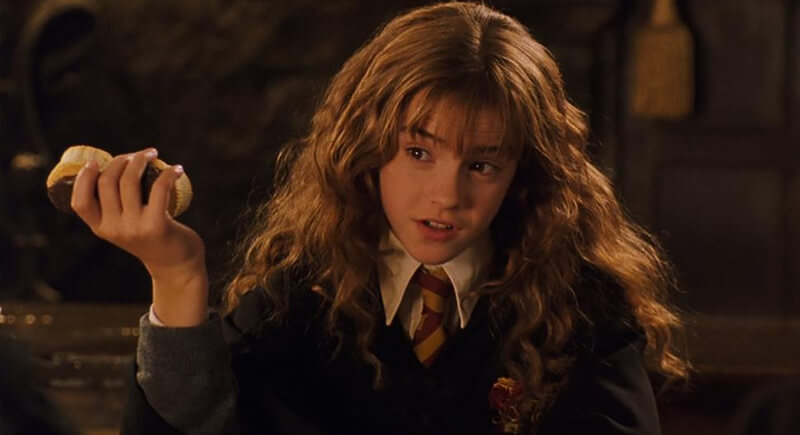
Credit: IMDb
Rowling’s Hermione was immediately recognizable for her frizzy brown hair and oversized teeth. Emma Watson’s look toned that down. The team considered prosthetic teeth for accuracy, but they quickly abandoned them because they affected her delivery. What remained was a softer version of Hermione’s appearance, but Watson’s intelligence and determination shone through, ensuring she still embodied the character’s essence despite a less awkward visual.
Sirius Black
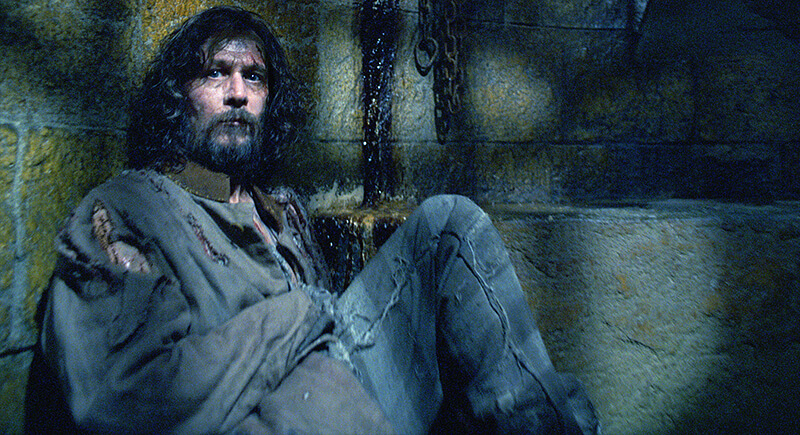
Credit: IMDb
Sirius’ skeletal, half-dead appearance following Azkaban imprisonment was described in grim detail. On film, Gary Oldman’s portrayal leaned far more into a rebellious charm, swapping gaunt horror for smoldering edge. While less corpse-like than expected, Oldman’s Sirius carried a roguish energy that fit the story’s tone and kept him magnetic on-screen, even if it meant parting from Rowling’s haunting description.
Kingsley Shacklebolt
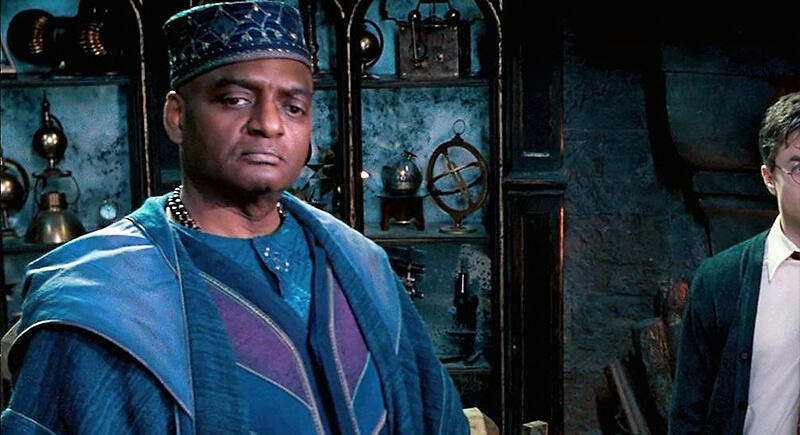
Credit: IMDb
The books gave us only fragments: tall, bald, Black, with a gold earring. That was it. On-screen, George Harris transformed him into something unforgettable. He arrived at costume fittings wearing traditional Nigerian robes, and the filmmakers built on his idea. Rich fabrics, a gleaming hat, and his calm authority turned Kingsley into more than a background Auror; he became visually iconic, radiating wisdom and cultural depth the novels only hinted at.
Severus Snape
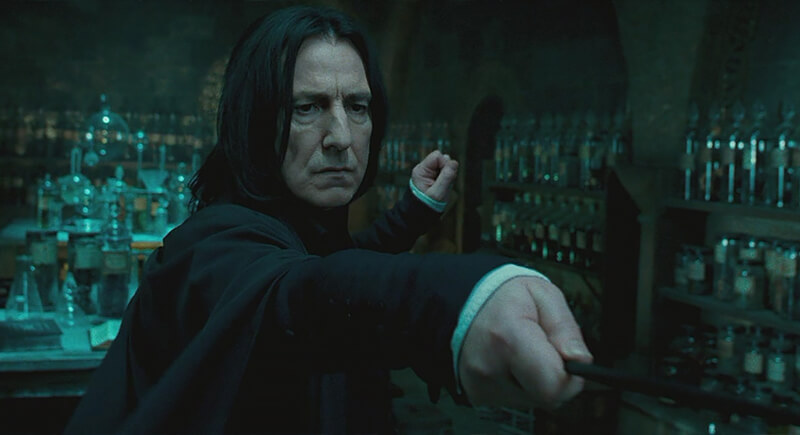
Credit: IMDb
Snape, as Rowling described him, had greasy black hair, sallow skin, and a hooked nose. Alan Rickman captured that aesthetic, though his nose wasn’t as distinct, and his age didn’t quite match: book Snape was 31 when Harry arrived at Hogwarts, while Rickman was in his 50s. Even so, his portrayal was so powerful that few viewers cared.
Nymphadora Tonks
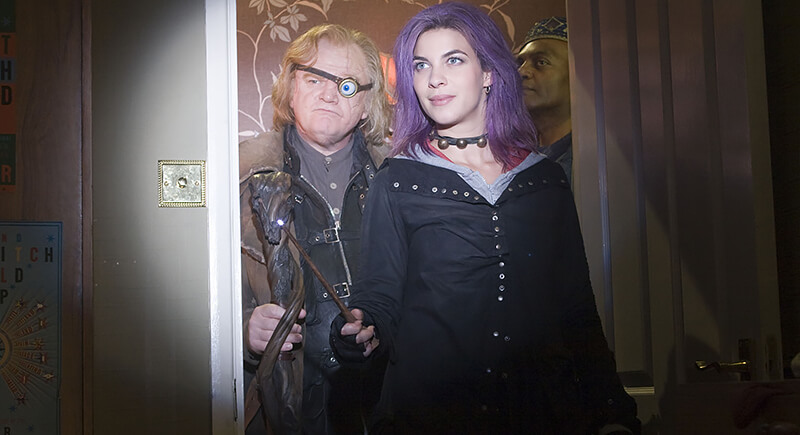
Credit: IMDb
Tonks was the opposite of subtle. Rowling gave her spiky violet hair and a heart-shaped face; the films added Natalia Tena’s boots, coats, and restless energy. She didn’t glide through scenes—she clattered into them, a patchwork of toughness and mischief. That scrappy defiance, equal parts Auror grit and playful rebellion, made her impossible to forget.
Neville Longbottom
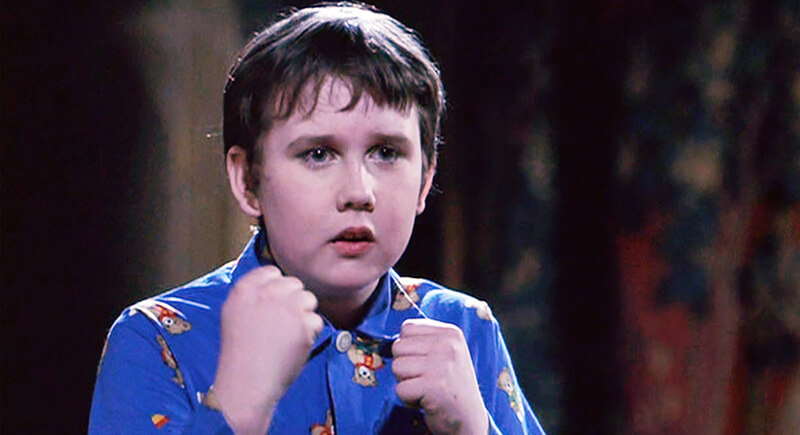
Credit: IMDb
Neville started off as a round-faced, slightly awkward boy with blond hair. Matthew Lewis embodied that in the early films, but as he grew taller and leaner, the visual match began to slip. To keep continuity, the crew gave him fake teeth and padding to preserve the original shape. Eventually, his transformation into a confident, competent character aligned perfectly with the story’s emotional arc, even if the final look drifted from the original.
Lord Voldemort
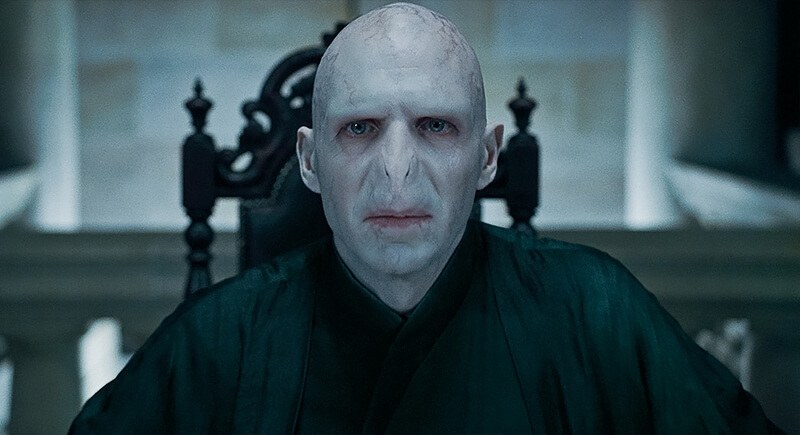
Credit: IMDb
In the books, Voldemort’s appearance was terrifying: blood-red eyes with slit pupils, a flat snake-like nose, and ghostly white skin. Ralph Fiennes’s version captured the snake-like face and deathly pallor, but the red eyes were left out. The filmmakers believed bright red eyes might make it harder for audiences to read subtle emotions. Even without them, his chilling calm, whispery voice, and inhuman features made him as creepy as needed.
Luna Lovegood
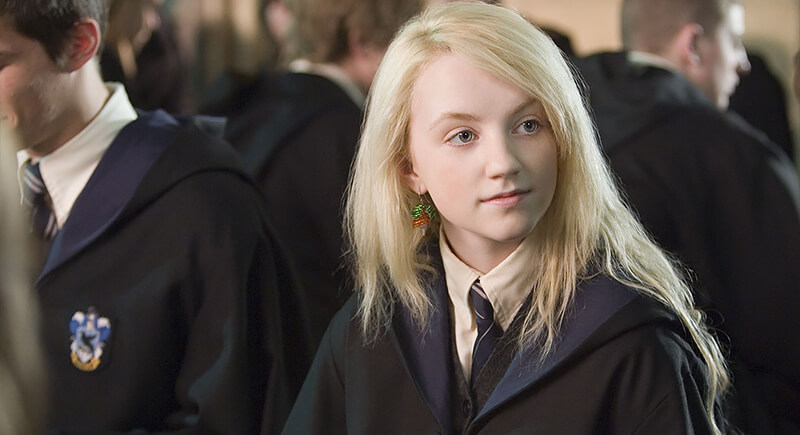
Credit: IMDb
Evanna Lynch didn’t just play Luna—she inhabited her. The pale brows, the drifting hair, the gaze that wandered past people rather than at them all felt lifted from the page. What made it click, though, were the small touches she brought herself: odd jewelry, a quiet cadence, an ease that turned Luna’s strangeness into something steady and endearing.
Ginny Weasley
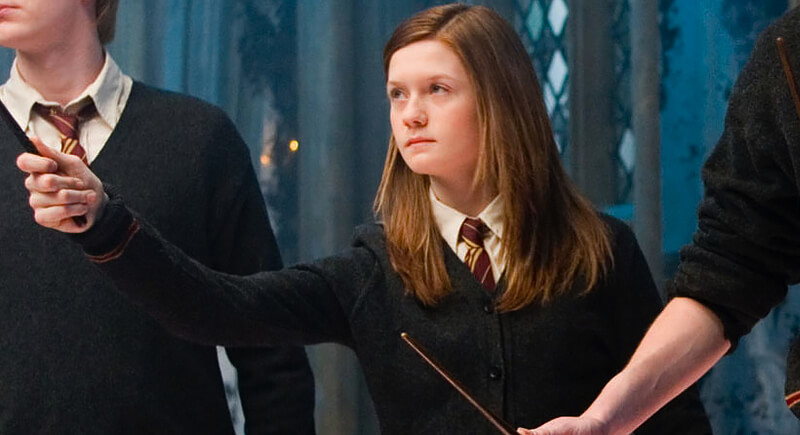
Credit: IMDb
She was never meant to be a wallflower. The books showed Ginny as sharp-tongued, fiery, and impossible to overlook, her red hair matching her bold spirit. On-screen, Bonnie Wright captured the physical details but not always the attitude. Moments of defiance, like challenging Malfoy, hinted at what Ginny fans knew, yet much of her spark was muted. The adaptation gave us accuracy in look, but restraint in personality.
Rubeus Hagrid
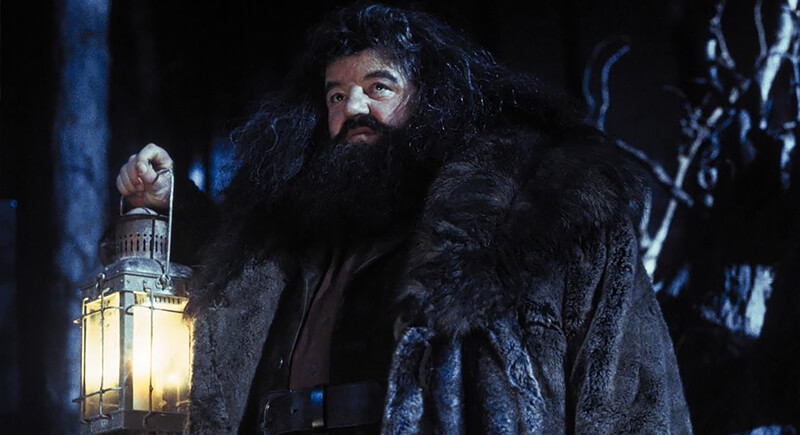
Credit: IMDb
Robbie Coltrane didn’t need to be twelve feet tall to sell the part. The crew gave him oversized props and camera tricks, but what stuck was his gentle delivery, the way he could shift from gruff to tender in a line. The beard, the hair, the bulk helped—but the heart did most of the work.
Draco Malfoy
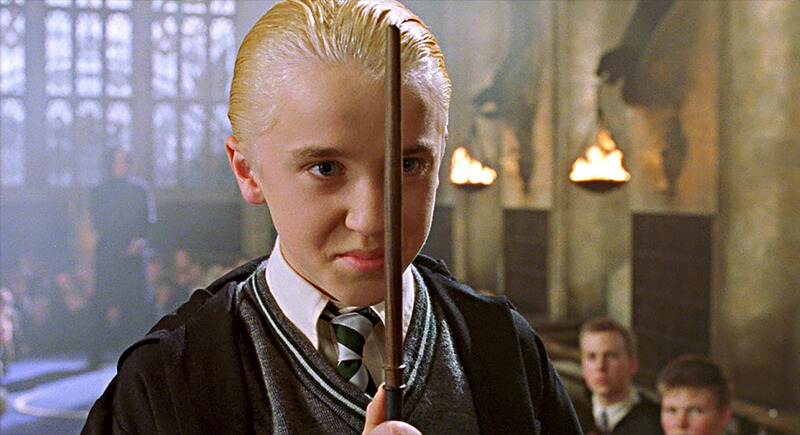
Credit: IMDb
From his first scene, Tom Felton looked the part: pale skin, sharp lines, white-blond hair. The bleaching kept up across eight films, but it was his expression work that did the heavy lifting. A curled lip, a glance that lingered too long, the hesitation in his posture—those details pushed Draco past the flat schoolyard bully and into something more complicated.
Narcissa Malfoy
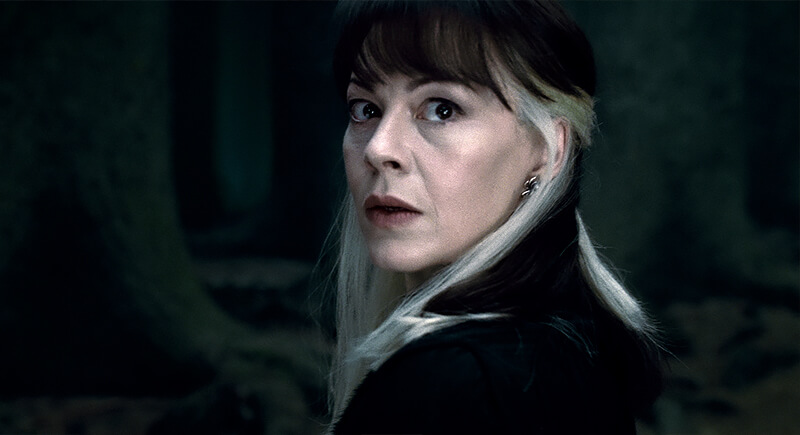
Credit: IMDb
On the page, she was mostly ice and blonde hauteur, but Helen McCrory gave her sharper edges on screen. The two-toned hair—pale on one side, dark on the other—linked her to Bellatrix without a word. That choice, paired with McCrory’s controlled poise, carved out a presence that felt both aristocratic and threatening at once.
Dudley Dursley
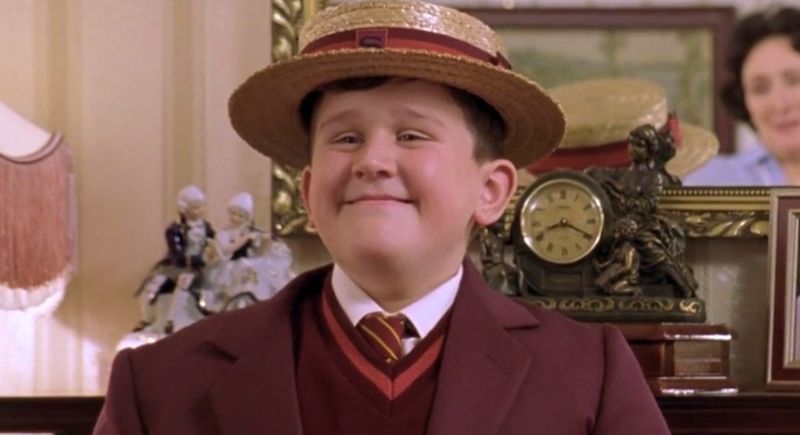
Credit: IMDb
Dudley was always supposed to be the overfed bully, all pink cheeks and smugness. Harry Melling began that way, but as he grew leaner, the crew had to work around it. They padded his face, adjusted camera angles, and let the attitude do the rest. The brat survived, even as the body underneath shifted.